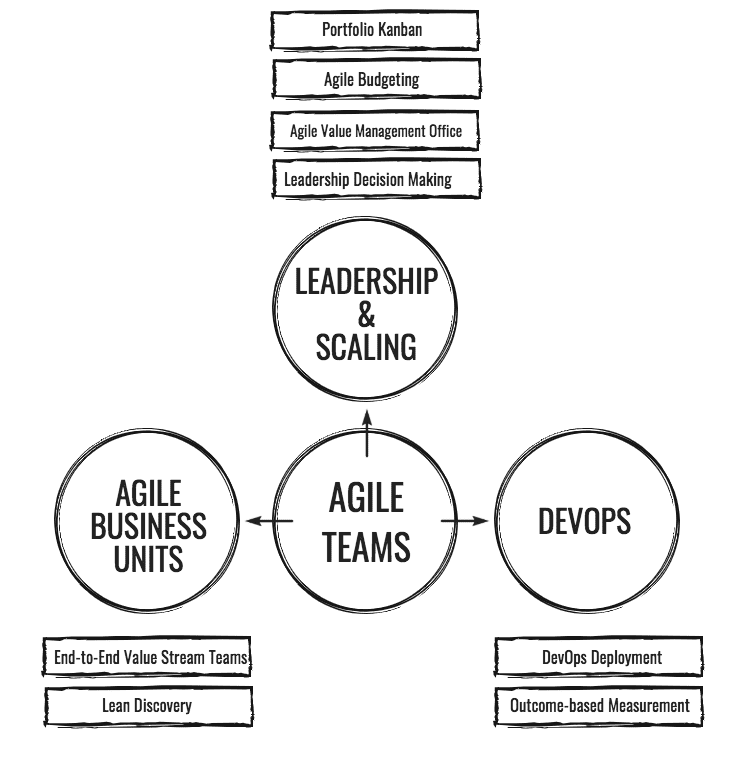In the early 1990s, when gas was below a $1 a gallon and life was a lot less complex, I spent a few years as a graduate student at Virginia Commonwealth University (VCU). The Fan District in Richmond, VA was a great place to embark on such an endeavor. Beside academic rigor, I was able to imbibe local culture, including southern comfort food and “stained glass” bluegrass music.
Graduate student life was tough but immensely rewarding. As a graduate teaching assistant, I had the opportunity to teach undergraduate students and develop a passion for teaching that has carried on to this current day. Between two jobs and schoolwork, recreation was limited to nightly episodes of Star Trek: The Next Generation. As a travel buff, I was continuously intrigued by the motto “space: the final frontier.”

Within the agile community, we have had our own exploration since the signing of the Agile Manifesto in 2001. Having personally being part of the agile community’s evolution nearly since its inception in 2001, our Agile Starfleet has flown through a ton of adventures along the way.
Initial sojourns were into what we know call team based agile methods: eXtreme Programming (XP), Crystal, Dynamic System Development Method (DSDM) and Feature Driven Development (FDD) and Scrum. Then, the Scrum journey eclipsed the others for a long time. Kanban arrived some years later, and then and more recently scaled methods have been all the rage: SAFe, LeSS, DaD, Nexus and Scrum@Scale. All these methods still kept us in the Information Technology (IT) confine of the agile galaxy.
Nearly two decades after the initial agile journeys, it seems we are on the cusp of another exciting frontier.
Now, with the advent of the business gurus embracing agile methods, and with Scrum’s Jeff Sutherland leading the initial excursions via the venerable Harvard Business Review, it seems like the Starship Agileprise is finally ready to embark of the exciting business agility mission of “end-to-end” agile. A new development sparking change in this direction is the Business Agility Institute.
At LitheSpeed, we have seen a growing call for end-to-end agility across the entire portfolio, and have developed the shift model for organizations looking to spark their team-based IT agile adoptions into something much more powerful, and both professionally and personally rewarding.
With this model, end-to-end agile is achieved incrementally through transformational sparks. Each spark helps us to either shift-left to the business, shift-right to DevOps and outcome-based measurement, or shift-up to leadership and scaling.
For more information on business agility sparks, download our white paper and check out the basic model here.
As the agile community undertakes this latest mission, it is my hope that this journey will be as exciting and rewarding as all the ones that have come before.


